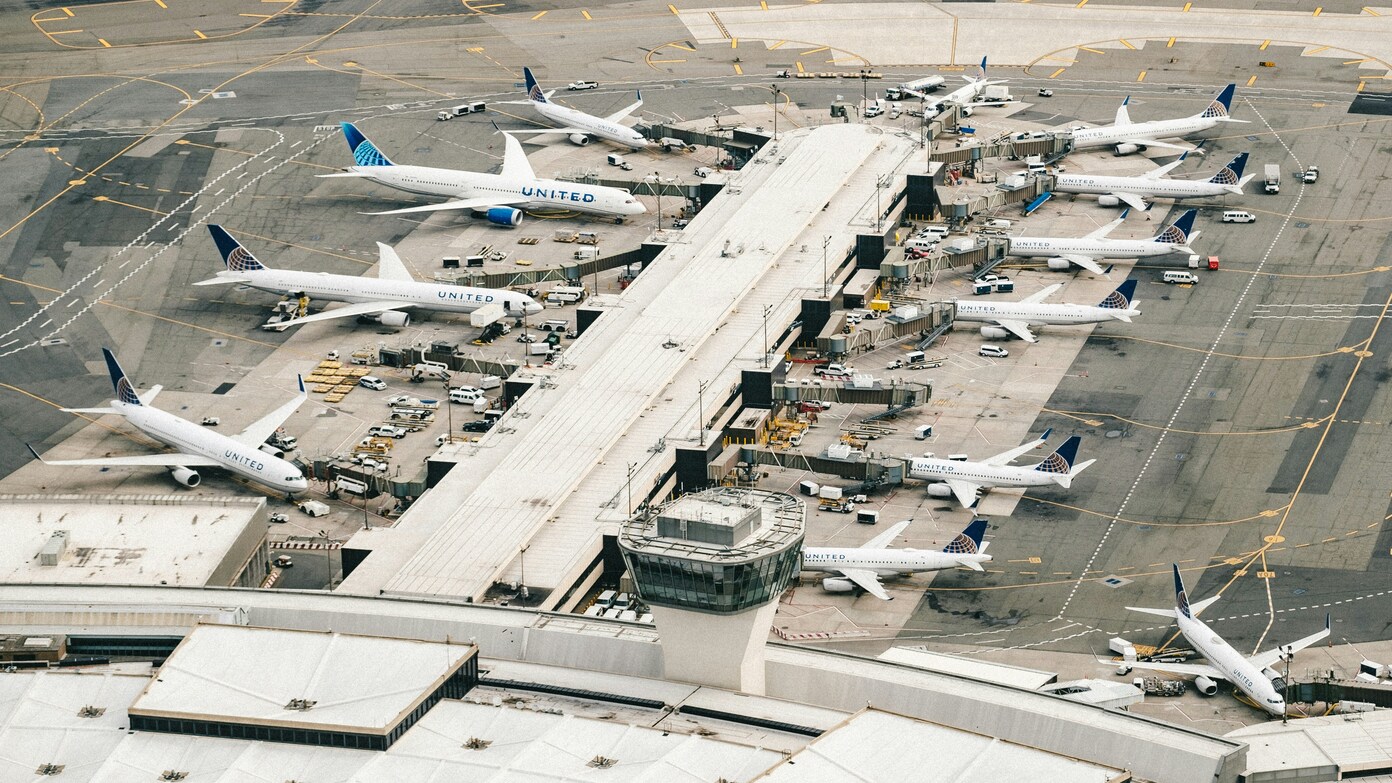If you’ve been flying in or out of Newark Liberty International Airport lately, you’re probably already aware of the delays and disruptions. The Federal Aviation Administration (FAA) just made it official: flight limits at Newark will continue through the end of the year, and possibly into 2025. The goal? Keep air travel safer and reduce chaos for both airlines and passengers, including you.
Fewer flights, fewer headaches?
Starting this week, the FAA is restricting weekend flight operations to just 28 arrivals and 28 departures per hour. Weekdays will bump up to 34 each. The restrictions are to stay in place at least until October 25 and on weekends through the end of next year.
Why all the limitations? Part of the issue is ongoing construction. Newark recently completed overhauling one of its two main runways, ahead of schedule, no less, but it’s open only for departures so far. Until arrival navigation aids are fully tested and calibrated, the FAA is taking no chances in leaving the flight limits in effect.
Read this later:
What are the LA curfew details: maps, areas, times, routes, duration
Goodbye to the Musk – Trump feud: Elon Musk says he went “too far” attacking the President
Behind the delays: Staff shortages and outdated equipment
Newark, the second-busiest airport in the New York metropolitan area, has been plagued by problems for months. Breakdowns, staffing issues among air traffic controllers, and old infrastructure have all taken a major toll on delays. It’s not just a Newark problem, either. Real SLX founder Kenny Dichter referred to it as “a proxy for what’s happening everywhere across the globe.”
To help ease some of those issues, the Department of Transportation is offering a 20% bonus to air traffic controllers who agree to delay their retirement. That’s part of a broader initiative by Transportation Secretary Sean Duffy to improve reliability and operations at Newark and beyond.
Upgrades are underway—but not yet complete
Several technical upgrades are in the works to improve the system behind the scenes. For example, the FAA is adding three high-speed fiber connections between Newark and the Philadelphia air traffic control center (TRACON), which helps guide planes in and out of the airport. A redundant system is also being installed to make things more reliable in the interim.
In addition, the FAA is rolling out more Tower Simulation Systems across the country. These allow air traffic controllers to train more efficiently, especially for complicated airport scenarios like those at Newark.
What this means for you
If you’re planning to travel through Newark anytime soon, it’s smart to prepare for possible delays, especially on weekends. Check your flight status frequently and allow extra time at the airport.
Indeed, the flight restrictions are a hassle, but they’re designed to add safety and reduce the kind of delays and confusion that have plagued the airport for months. With construction still finishing up and staffing improvements in the pipeline, the FAA is trying to keep things running as smoothly as possible, even if that means fewer flights in the meantime.
Read this later:

